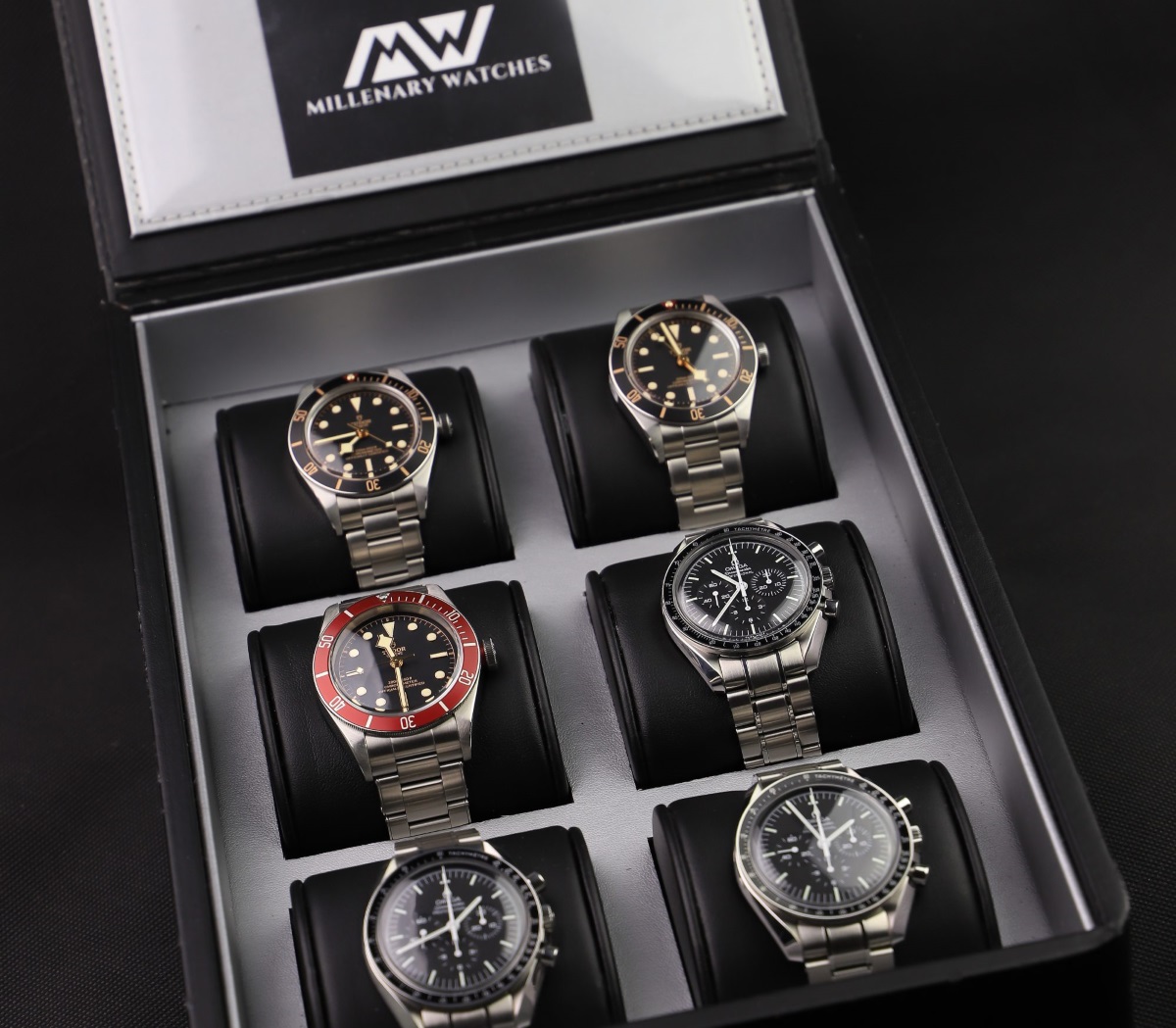

Articles
How To Store Automatic Watches
Modified: December 7, 2023
Discover the best methods for storing automatic watches in this comprehensive collection of articles. Safely preserve your timepieces for long-lasting enjoyment.
(Many of the links in this article redirect to a specific reviewed product. Your purchase of these products through affiliate links helps to generate commission for Storables.com, at no extra cost. Learn more)
Introduction
Automatic watches are a marvel of engineering and craftsmanship. These timepieces, also known as self-winding watches, do not require a battery and instead rely on the movement of the wearer’s wrist to power them. With their intricate mechanisms and stylish designs, automatic watches have become a popular choice among watch enthusiasts.
However, like any mechanical device, automatic watches require proper care and maintenance to ensure their longevity. One crucial aspect of caring for an automatic watch is the storage method used when it is not being worn. Improper storage can lead to damage or loss of accuracy, diminishing the value and functionality of the timepiece.
In this article, we will explore the best practices for storing automatic watches. Whether you are an avid collector with a vast watch collection or an occasional wearer, these guidelines will help you preserve the quality and performance of your automatic watches.
Key Takeaways:
- Proper storage of automatic watches is crucial for maintaining their functionality and appearance. Factors such as environment, duration of storage, and watch condition should be considered before choosing the right storage option.
- Essential maintenance tips, including regular wearing and winding, service intervals, and avoiding exposure to harsh conditions, are crucial for preserving the longevity and optimal performance of automatic watches.
Read more: How To Store An Automatic Watch
Understanding Automatic Watches
Before diving into the topic of storing automatic watches, it is essential to have a basic understanding of how these timepieces operate. Unlike quartz watches that rely on a battery to power their movements, automatic watches harness the natural motion of the wearer’s wrist to generate energy.
Inside an automatic watch, there is a weighted rotor that rotates with the movement of your wrist. This rotor transfers energy to the mainspring, which stores and releases the energy to power the watch’s movement. Additionally, automatic watches often have a power reserve, a feature that indicates how long the watch can run without being worn or wound.
The intricate mechanism of automatic watches requires them to be worn regularly to ensure proper functioning and accuracy. The motion of your wrist keeps the mainspring wound, preventing it from losing power. Regular wear also helps in the smooth operation of other components, such as the gears and balance wheel.
While automatic watches are built to withstand the wear and tear of daily use, there are times when you may need to store them for an extended period. Whether you have multiple timepieces in your collection or need to store a watch temporarily, understanding the factors to consider before storage is crucial to maintain the watch’s optimal performance.
Factors to Consider Before Storing
Before you decide to store your automatic watch, there are several important factors to take into consideration. These factors will help you determine the best course of action to protect your timepiece during the storage period.
- Environment: The environment in which you plan to store your watch is of utmost importance. Extreme temperatures, humidity, and exposure to sunlight can all have negative effects on the watch’s components, such as causing the lubricants to degrade or the dial to fade. It is recommended to store your watch in a cool, dry, and dark place to minimize any potential damage.
- Duration of Storage: The length of time you plan to store your watch will impact your storage method. If you are storing it for a short period, such as a few weeks or months, you may opt for a different approach than if it were to be stored for a more extended period.
- Watch Condition: Consider the current condition of your watch before storing it. If your watch requires any maintenance or repairs, it is advisable to address those issues before storage. Neglecting necessary repairs can lead to further damage during the storage period.
- Security: If security is a concern, make sure to choose a storage option that offers adequate protection against theft or damage. This can be a locked cabinet, a safe, or even a safety deposit box.
By considering these factors, you will be better equipped to make informed decisions about storing your automatic watch. Now, let’s move on to the best practices for storing automatic watches to ensure optimal preservation and performance.
Best Practices for Storing Automatic Watches
Proper storage of your automatic watch is crucial to maintain its functionality and appearance. Here are some best practices to follow when storing your timepiece:
- Clean Your Watch: Before storing your watch, make sure to clean it thoroughly to remove any dirt, oils, or grime. Use a soft, lint-free cloth to wipe the case, bracelet, and dial. You can also use a gentle cleaning solution specifically made for watches. Ensure that the watch is completely dry before storing it to prevent the growth of mold or mildew.
- Remove Excess Moisture: Moisture is the enemy of any mechanical device, including automatic watches. Ensure that your watch is dry before storing it. You can place it in a humidity-controlled environment or use silica gel packets to absorb any excess moisture.
- Store in Watch Boxes or Pouches: Keeping your watch in a dedicated watch box or pouch is a great way to protect it from dust, scratches, and other potential damage. These boxes or pouches are designed to provide a cushioned and secure environment for your watch.
- Separate Each Watch: If you have multiple watches, avoid storing them in direct contact with each other. This can lead to scratches or any potential damage. Store each watch separately to ensure their individual protection.
- Keep Away from Magnetic Fields: Magnetic fields can negatively affect the accuracy and performance of your automatic watch. Avoid storing your watch near electronic devices, such as computers, speakers, or cell phones, as they can generate magnetic fields. If possible, opt for a storage option that offers protection against magnetic exposure.
- Regularly Rotate Watches: If you have a collection of automatic watches and you plan on storing them for an extended period, consider rotating the watches every few months. Rotating the watches will ensure that the lubricants inside are evenly distributed and prevent any oils from settling in one place for too long.
By adhering to these best practices, you can safeguard your automatic watches while they are not in use, ensuring that they remain in pristine condition and ready to be worn when you retrieve them from storage.
Store automatic watches in a watch winder to keep them wound and running when not being worn. This will also help to prevent the lubricants from solidifying.
Choosing the Right Storage Option
The right storage option is crucial to protect your automatic watch from potential damage while it is not being worn. Here are some considerations to help you choose the best storage option:
- Watch Box: A watch box is specifically designed to store and protect watches. Look for a watch box with individual compartments or watch rolls to keep each watch separate and secure. Ensure that the box has a cushioned interior to prevent scratches and that it provides adequate protection against dust and moisture.
- Watch Winder: A watch winder is an excellent choice if you have an automatic watch with complications or a perpetual calendar that require continuous movement. A watch winder mimics the motion of the wrist, keeping the watch wound and ready to wear. Look for a winder that offers customizable winding settings and is compatible with your watch model.
- Safe or Safety Deposit Box: If security is a top priority, consider storing your watch in a safe or a safety deposit box. These storage options provide protection against theft, damage, and environmental factors. Safes are available in various sizes and can be installed at home or in a bank vault.
- Dehumidifier or Silica Gel Packets: Moisture can wreak havoc on automatic watches. Consider using a dehumidifier in your storage area to control humidity levels. Alternatively, you can place silica gel packets in your storage container to absorb any moisture and prevent the growth of mold or mildew.
- Display Cases: If you have a collection of automatic watches that you want to showcase, display cases are an excellent option. Look for a display case that offers individual compartments or watch pillows to keep each watch separate and visible. Ensure that the case has a clear lid or glass front to protect the watches from dust and scratches.
Choosing the right storage option depends on your specific needs and preferences. Consider factors such as security, convenience, and the number of watches you need to store when making your decision. Remember to prioritize preserving the condition and functionality of your automatic watches while they are not in use.
Read more: How To Store Watches
Essential Maintenance Tips
Maintaining your automatic watch is crucial to ensure its longevity and optimal performance. Here are some essential maintenance tips to keep in mind:
- Regular Wearing and Winding: Automatic watches rely on regular motion to stay wound. Therefore, it is important to wear your watch regularly, especially if you have multiple watches in your collection. If you have a watch winder, use it to keep your watch wound when you are not wearing it.
- Service Interval: Like any intricate mechanical device, automatic watches require periodic servicing. It is generally recommended to have your watch serviced by a professional watchmaker every three to five years. During a service, the watch is cleaned, lubricated, and adjusted to ensure its accuracy and functionality.
- Avoid Exposure to Harsh Conditions: Protect your watch from extreme temperatures, humidity, and direct sunlight. These conditions can lead to damage or deterioration of the watch’s components. Avoid wearing your watch while swimming or engaging in activities that expose it to excessive shock or vibrations.
- Gently Handle and Clean: Be gentle when handling your watch to avoid accidental drops or impacts. When cleaning your watch, use a soft and lint-free cloth to wipe away dirt and oils. Avoid using harsh chemicals or abrasive materials that can scratch or damage the watch’s surfaces.
- Water Resistance Check: If your watch is water-resistant, it is important to have its water resistance checked regularly by a professional. This ensures that the gaskets and seals are in good condition to protect the watch from water damage. Do not operate the crown or buttons of a watch in water unless it is specifically designed for such use.
- Store in a Safe Place: When you are not wearing your watch, store it in a safe place. Choose a storage option that protects the watch from dust, moisture, and potential impacts. Ensure that the storage area is free from magnetic fields that can affect the watch’s accuracy.
Following these maintenance tips will help keep your automatic watch in excellent condition and prolong its lifespan. Regular care and servicing will ensure that your timepiece continues to perform at its best and be enjoyed for years to come.
Conclusion
Storing your automatic watch properly is essential to maintain its functionality, appearance, and value. By following the best practices outlined in this article, you can ensure that your timepiece remains in optimal condition during periods of storage.
Before storing your watch, consider factors such as the environment, duration of storage, watch condition, and security. These considerations will help you determine the most suitable storage option and ensure that your watch is protected from potential damage.
Remember to clean your watch before storage, remove excess moisture, and store it in a dedicated watch box or pouch. Keeping your watches separate and away from magnetic fields will also contribute to their preservation. Regularly rotating watches and adhering to essential maintenance tips, such as wearing and winding your watch, servicing it periodically, and handling it with care, are crucial for long-term watch health.
Whether you are a seasoned watch collector or simply want to store your occasional timepieces safely, taking proper care of your automatic watches during storage will help them retain their functionality and beauty. By implementing these guidelines, you can enjoy your automatic watches for many years to come.
Now that you have a comprehensive understanding of how to store automatic watches, it’s time to put your knowledge into practice and give your timepieces the care they deserve.
Frequently Asked Questions about How To Store Automatic Watches
Was this page helpful?
At Storables.com, we guarantee accurate and reliable information. Our content, validated by Expert Board Contributors, is crafted following stringent Editorial Policies. We're committed to providing you with well-researched, expert-backed insights for all your informational needs.
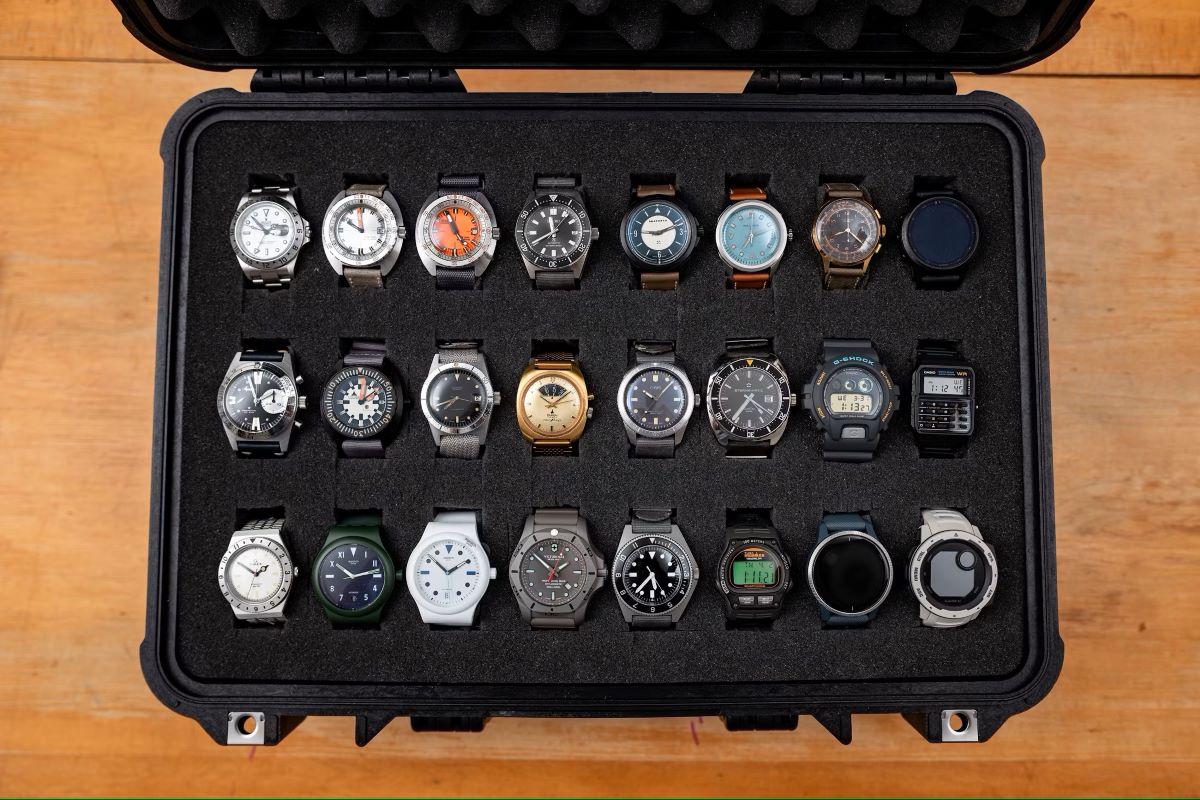

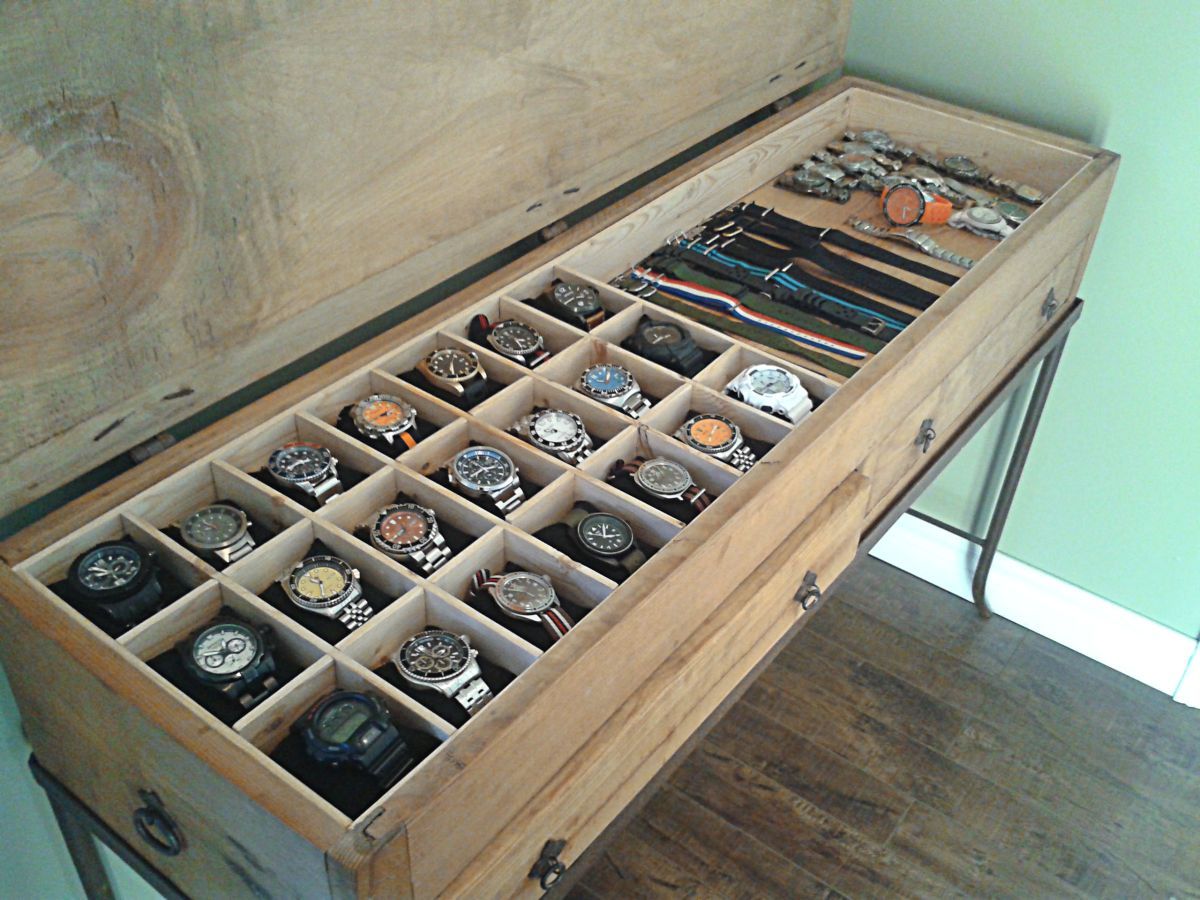




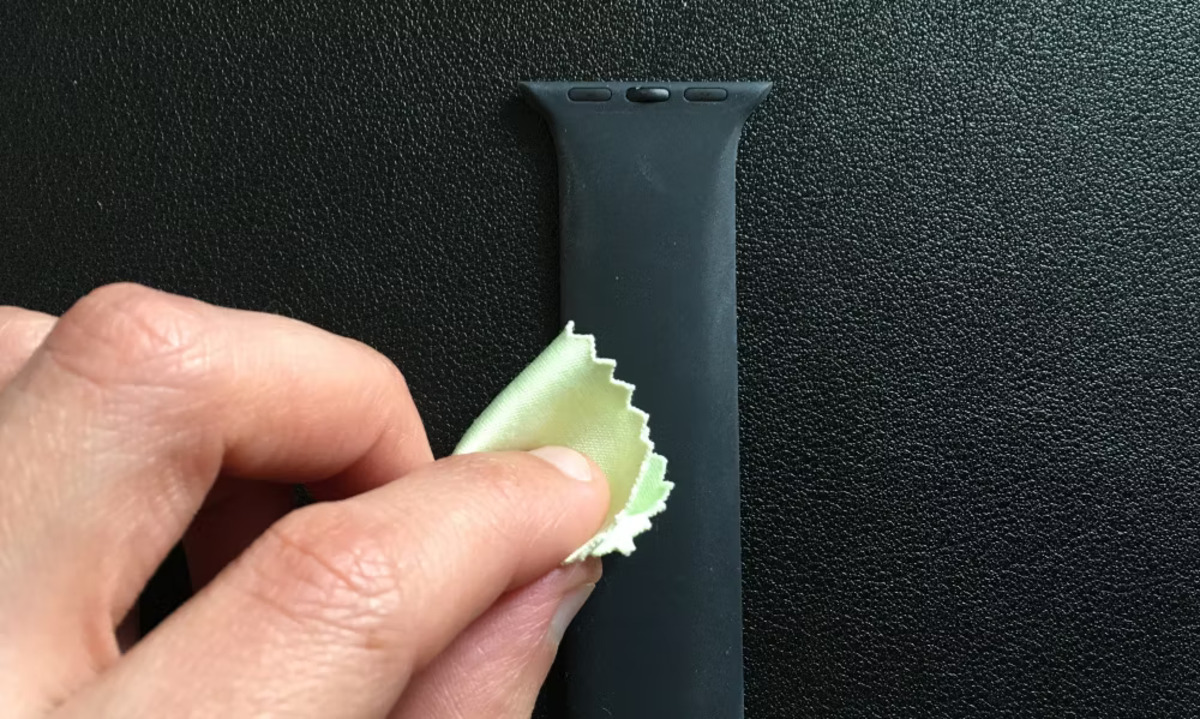
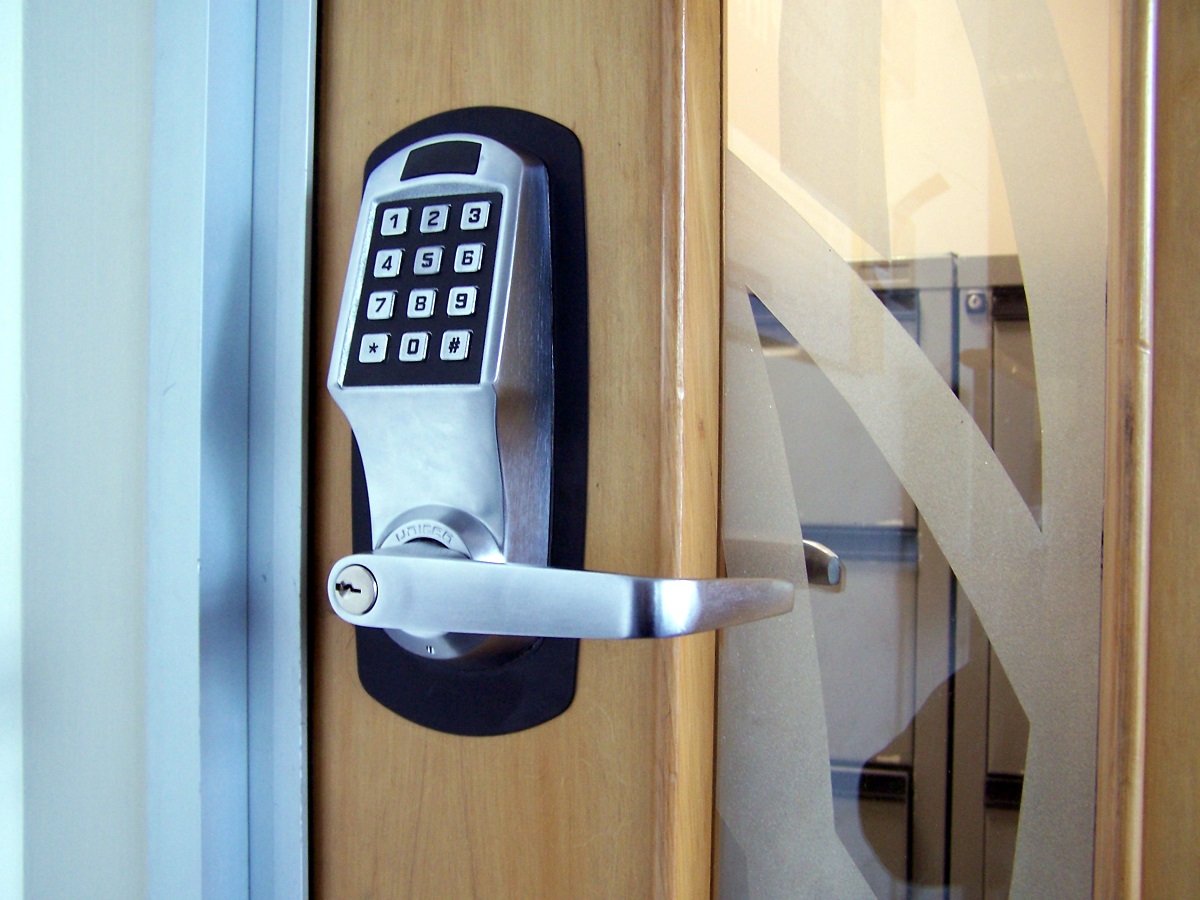



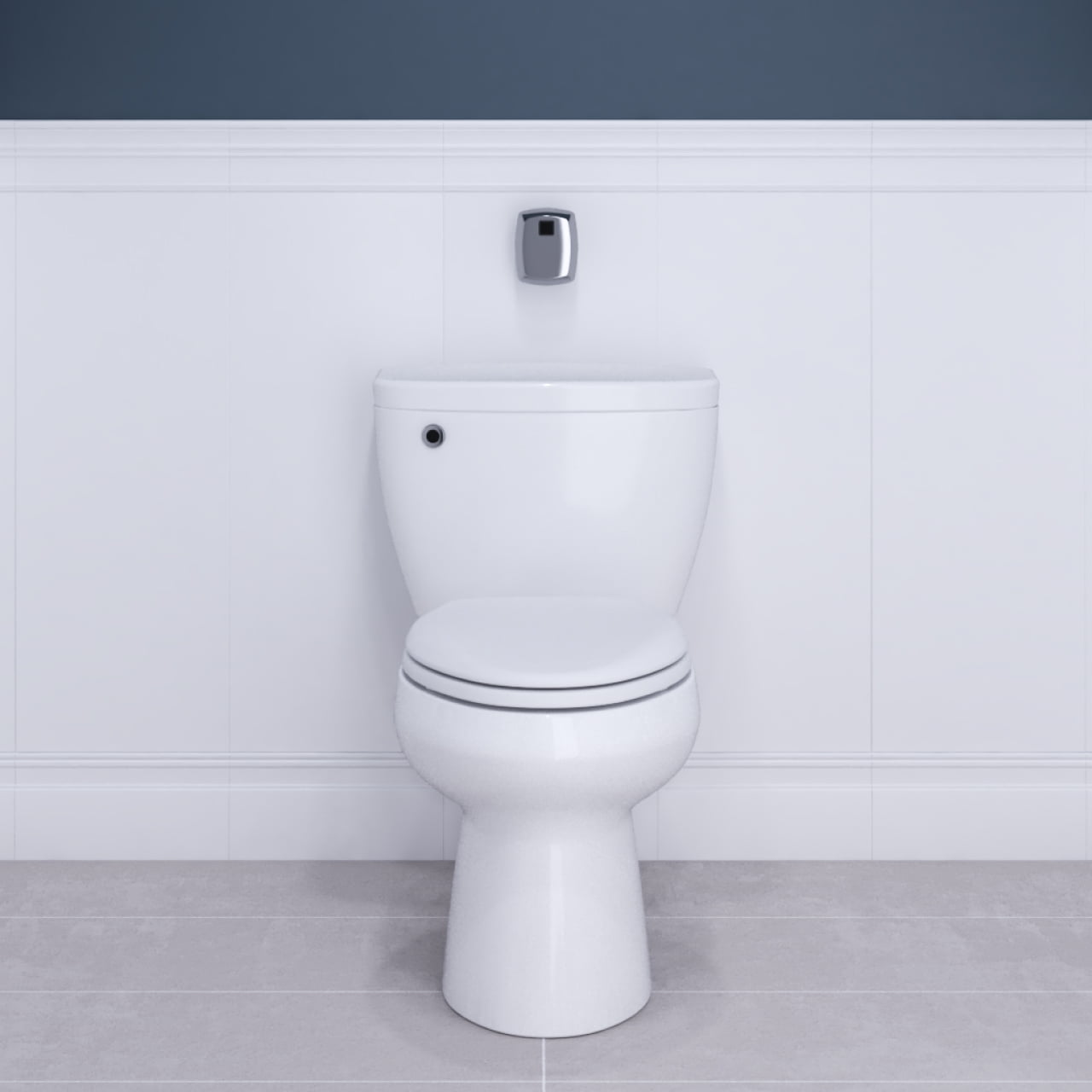


0 thoughts on “How To Store Automatic Watches”